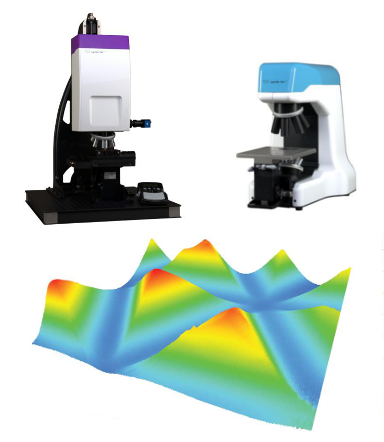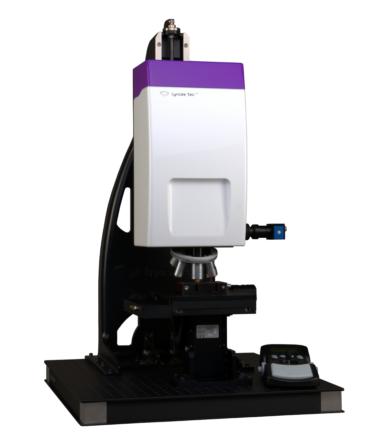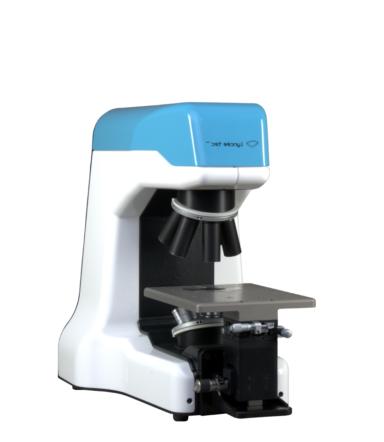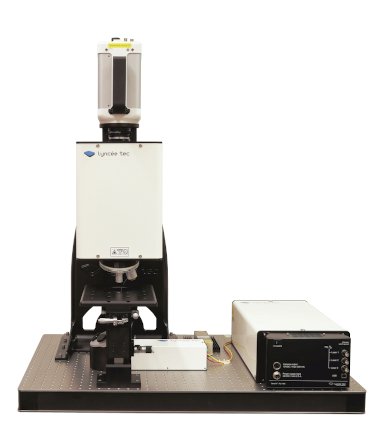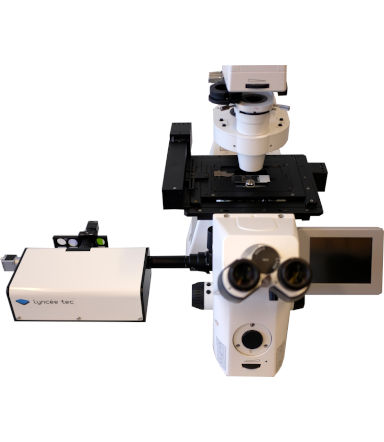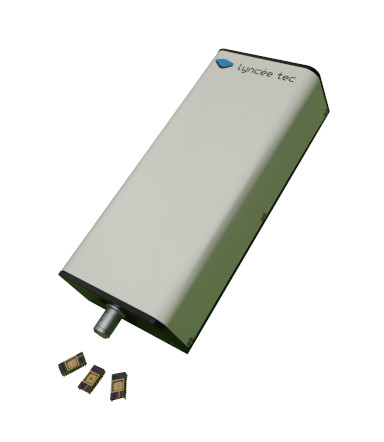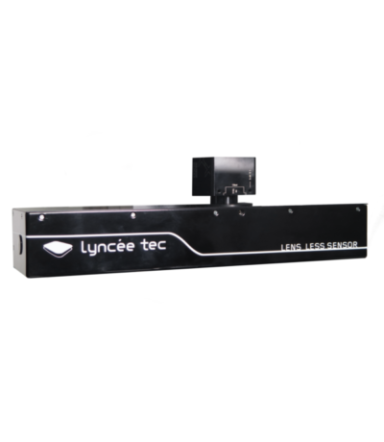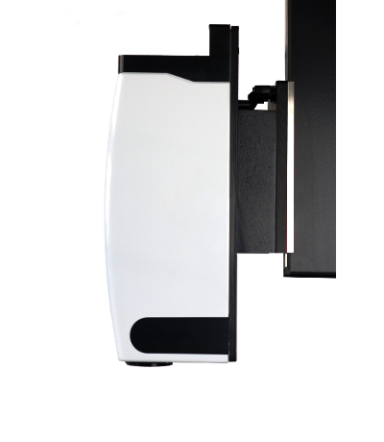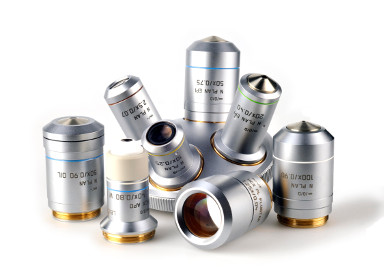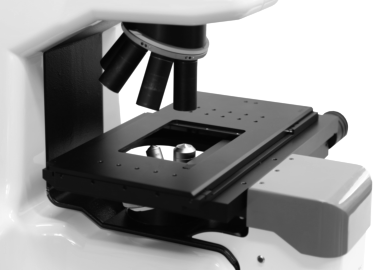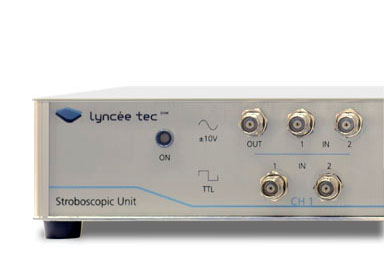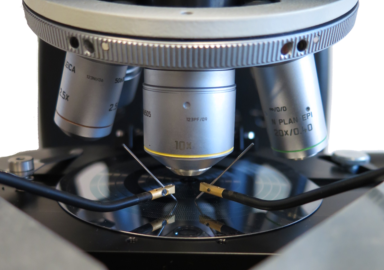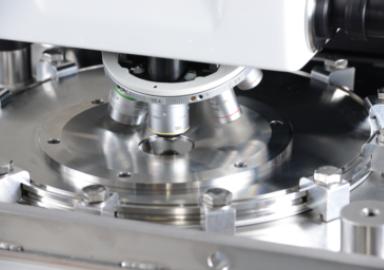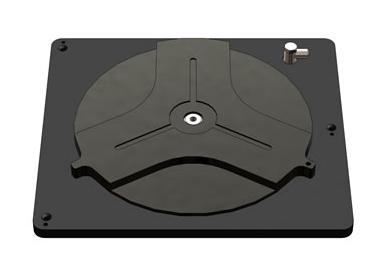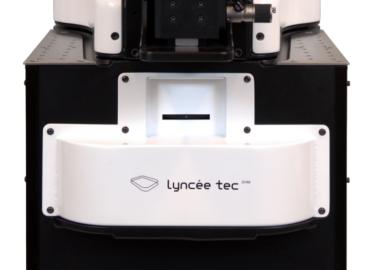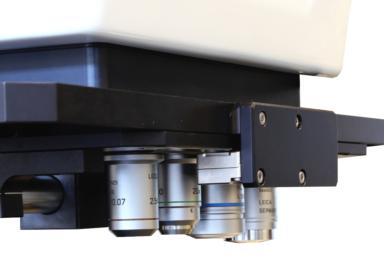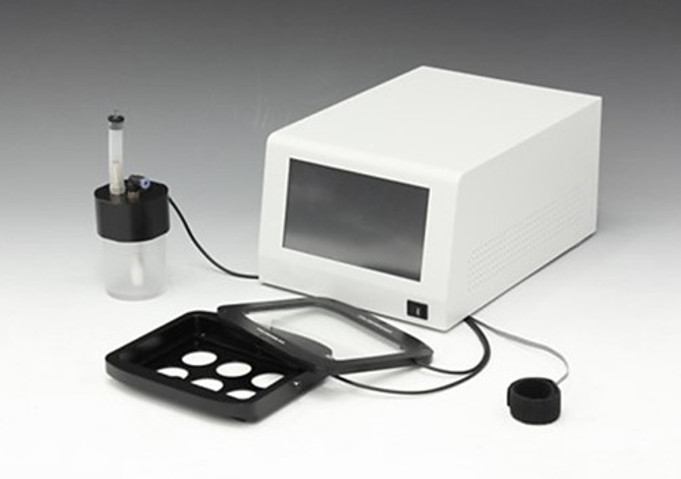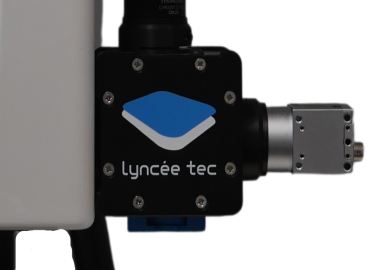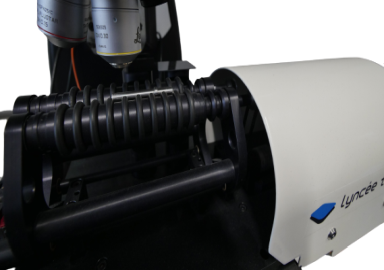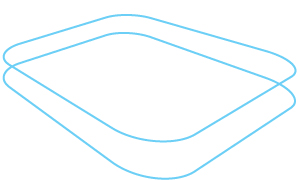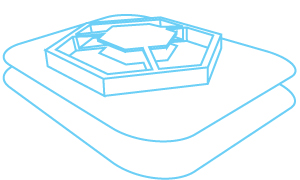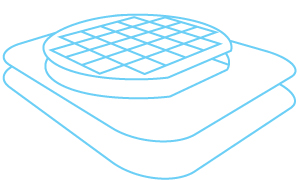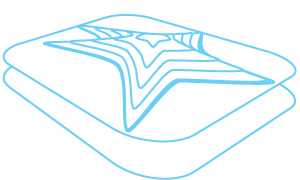Highspeed DHM®
Description
The highspeed DHM® operates with a single wavelength and can be configured in either transmission or in reflection.
Its optical set up and laser source have been specifically optimized to operate with the highspeed camera FASTCAM NOVA by Photron. This system offers hologram recording rates up to 12’800 frames per second (fps) at megapixel resolution, 40’000 fps at a resolution of 512×512 pixels, and 116’000 fps at 256×256 pixels.
A dedicated and intuitive software interface, fully integrated in our Koala acquisition and analysis software, enables to control the highspeed camera parameters (acquisition framerate, shutter), to handle the different camera trigger modes, to access optimally the camera internal memory buffer, to replay an acquired sequence, to select the relevant frames, and eventually to export the selected ones.
The highspeed DHM® system enables novel research among others in the fields of energy harvesting, impact analysis, fluid interfaces, transients, stress analysis, evaporation, drying, absorption, desorption, and dissolution phenomena, etc.
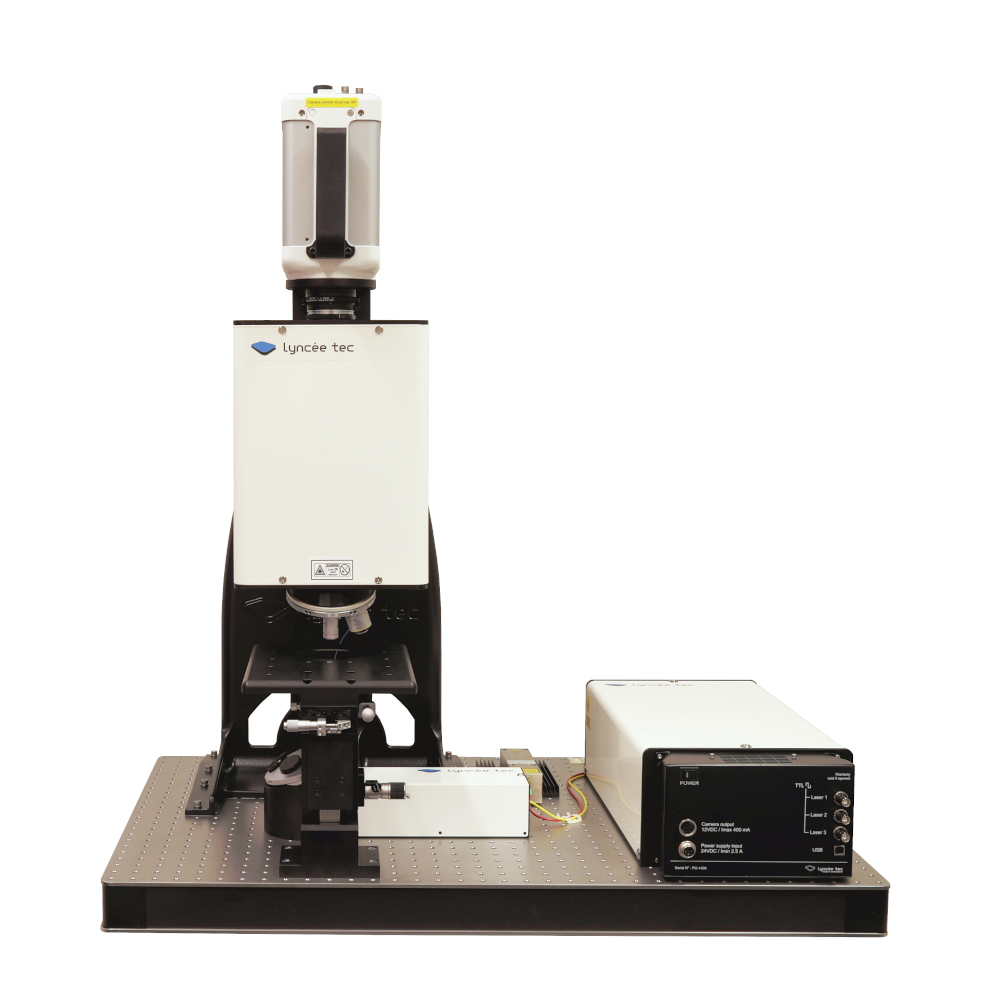
Users Testimonials
A new milestone has been reached in the field of ultrafast 3D topography measurements. In October, Lyncée Tec SA has delivered to Professor James Friends, Department of Material Sciences and Engineering, University of California San Diego, USA, a DHM T1000 equipped with a Photron Fastcam Nova highspeed camera enabling 12’500 3D topography Measurement Per Second (MPS) for a digital resolution of 1024×1024 pixels, and 116’000 MPS for 256×256 pixels.
We needed ultra-highspeed 3D measurements for our research. After considerable exploration we found no solutions available on the market, and we contacted Lyncée to define a suitable solution in close collaboration with their specialists. The novel system was recently delivered and offers an easy-to-use, fully customized software interface with an optical arrangement that matches our needs to adapt the holographic measurement method to highspeed cameras. We expect it to enable us to perform outstanding research, and welcome the collaboration with the Lyncée Tec team that is already producing great results.
With their new system, Dr. Friend and his co-workers observe among other non-repeatable random acoustic phenomena on the surface of liquid drops. More generally this achievement opens new application for DHM®, among others in the fields of energy harvesting, impact analysis, fluid interfaces, transients, stress analysis, evaporation, drying, absorption, desorption, and dissolution phenomena, etc.
A dedicated software interface has been developed to enable control of the highspeed camera parameters (speed, shutter), to handle the different camera trigger modes, to access optimally the camera internal memory buffer, to replay an acquired sequence, to select the relevant frames, and to export them.
The highspeed DHM is compatible with the Photron range of highspeed camera. It can be configured either in transmission or in reflection, and operates at a single wavelength.
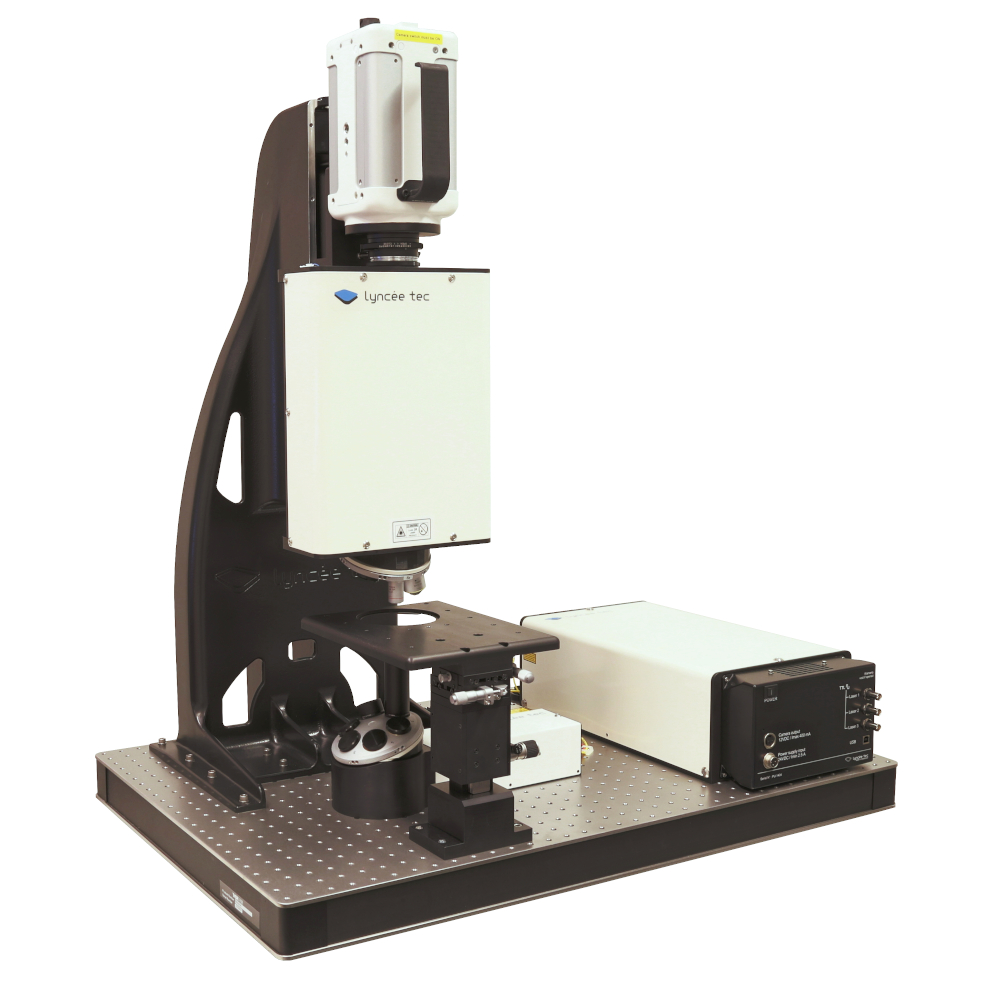
An application example is the dynamical characterization of the topography of a tunable lens by Optotune AG. The shape of such lenses, and in particular their focal length, can be electrically controlled. The example on the left side of animation is recorded by a color video camera at 60 fps. Camera provides an image through the lens, but not the lens topography. A constant and precise control of the lens shape is nevertheless important to ensure high quality and aberration free performances. DHM enables to measure it with an interferometric resolution.
One interest among others is the dynamical analysis of the shape of the lens when applying a square input voltage. After each voltage change, a ringing effect appears before the lens shape stabilization. The highspeed DHM has been used to characterize efficiently this behavior, affecting both the optical properties of the lens and its operating frequency specification range. The animation shows a comparison of the time sequence 3D topography recorded at 60 fps with normal camera and at 12’800 fps with the highspeed DHM when driving the lens with a square signal at a frequency of 30Hz.
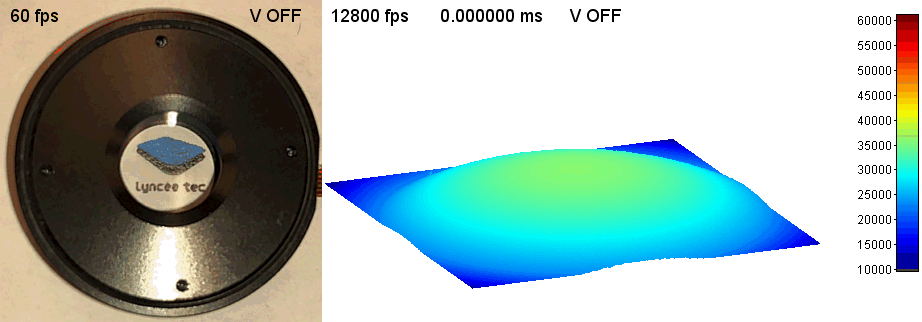
Specifications
| Reflection configuration | Transmission configuration | |
| Recording frame rate | 1024×1024 pixels hologram resolution: 12’800 fps
512×512 pixels hologram resolution: 40’000 fps |
|
| Min shutter time | 0.2 μs | |
| Accuracy (as demonstrated by taking the temporal standard deviation on 1 pixel over 30 measurements) | 0.5 nm | 4 nm 1) |
| Vertical resolution (defined as twice the accuracy) | 1 nm | 8 nm 1) |
| Repeatability (as demonstrated by taking the one sigma Rq value of 30 repeatability measurements on SiC reference mirror) | 0.05 nm | 0.08 nm |
| Vertical measuring range (without any scanning) | up to 200 μm for continuous structures | up to 500 μm for continuous structures |
| Max. height of steps with sharp edges (Depends on the laser source(s) and operating wavelength(s) | ||
- up to 1 μm 1)
- up to 3.5 μm 2)
1) Converted value for measurements in air and with sample refractive index n=1.5 2) Converted value for measurements in water and with sample refractive index n=1.5 * With / Without single wavelength mapping
